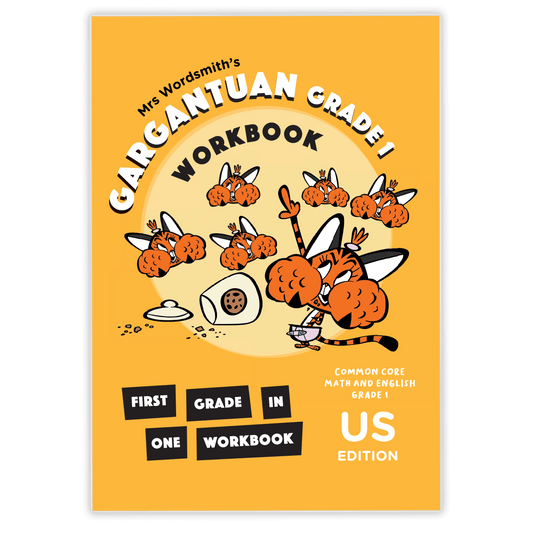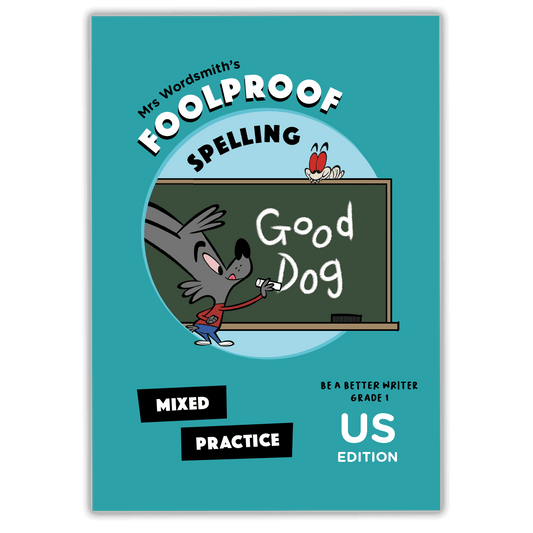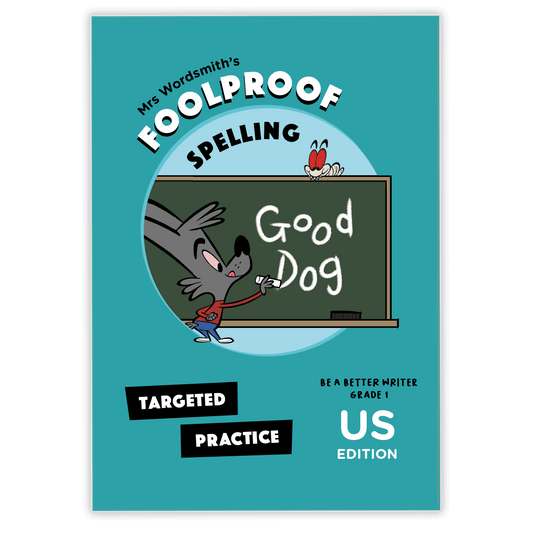Table of Contents:
- Example sentences provide context
- Illustrations provide context
- Thematically related words provide context
- Common word pairs provide context
Example sentences provide context
When we encounter a new word in everyday life, it will almost certainly be in the context of a sentence, be it written or spoken. Sentences are the natural environment of words. Similarly, we cannot say that we really know what a word means unless we are able to use it in a sentence.
For these reasons, in order to help kids learn a new word effectively, we need to present it in the context of a sentence that is clear and sounds natural. This is why our illustrated words always come with example sentences.
Illustrations provide context
In the same way that sentences can clarify the meaning of a new word, so can illustrations. Illustrations can be said to provide a different kind of context for the word. Experts support that using images in instructional material is an effective method of learning because images help learners associate the new information to a specific context.
For example, a kid may remember what courageous means as what Brick is in that illustration where he jumps in the water to save someone. This then helps learners better interpret and remember what they have learned. [1]
Thematically related words provide context
Another type of context that is helpful for learning new words is a cluster of other topically related words. In that case, already known words will help the learning and retention of a new word, simply because presenting them together will facilitate storing them together in the brain.
For example, presenting scowl, frown, sulk, and pout together is likely to help the child remember that they are all words for being in a bad mood. Similarly, presenting motherboard together with robot and laptop will help kids remember that it’s a word related to technological devices. Indeed, learning words in thematic clusters is compatible with how our brain works, but it also helps children organize their knowledge and access it better. [2]
Common word pairs provide context
Finally, in order to fully grasp the meaning of a word and to be able to use it proficiently, speakers need to familiarize themselves with common word pairs of the taught word -- words that the main word is likely to appear with. Interestingly, experimental evidence shows that when we encounter two or more words together enough times, we stop analysing them independently. They become a single unit in our head. In this way, the processing and interpretation of words becomes faster. [3] For these reasons, as children’s vocabulary grows, special attention should be given to word pairs for them to make the most of every new word they learn.
At Mrs Wordsmith, we have our own group of machine learning experts that have constructed a gigantic database encompassing a wide variety of sources, ranging from Wikipedia to transcribed spoken data. This database tells us how often two words are used together, and where those instances were found, providing us with enough information to make sure we present words with the word pairs that will help children become better and faster readers.
















 https://mrswordsmith.com
https://mrswordsmith.com
Comment
Leave a comment